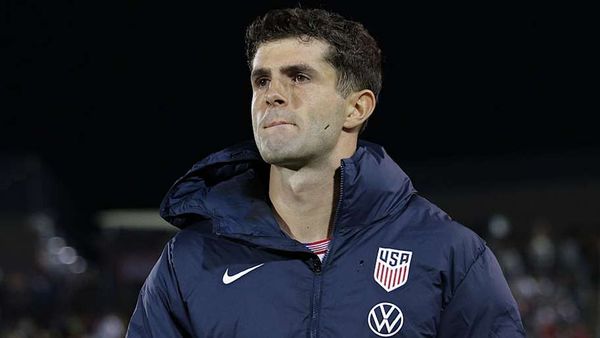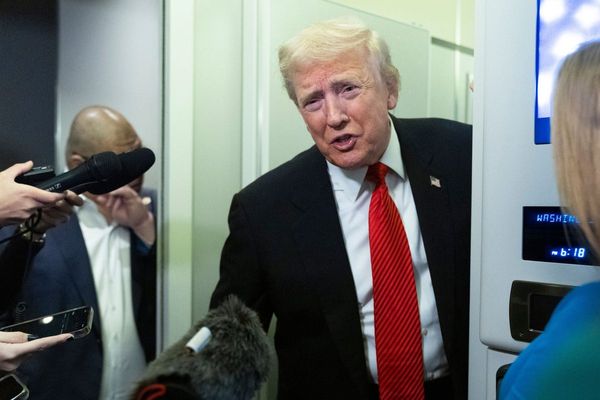
The Founders never planned for a post-presidency. Or if they did, they thought of Cincinnatus returning to the plow, his civic duties done, as President Washington retired to Mount Vernon in 1797 when his term ended.
In Washington’s final illness, doctors applied leeches. Modern medicine – including the innovative and successful treatment for brain cancer that Jimmy Carter received in 2015 – has invented a post-presidency, and the question is how to occupy it.
Truman and Eisenhower resumed private lives, Kennedy assassinated, LBJ left office in poor health, Nixon resigned, Ford wrote memoirs and dabbled in the corporate world. Just as Carter reinvented the vice-presidency by giving large roles and a West Wing office to Walter Mondale, Carter had a chance to reinvent the post-presidency, and he did. The Carter Center, the focus of his efforts, served as a platform for his many interests, including human rights, democracy promotion, conflict resolution, and health – all concentrated around the “alleviation of human suffering”.
Most Americans, on right and left, believe that Jimmy Carter used this influence overwhelmingly for good. If an enduring image of work for Ronald Reagan is cutting brush on his ranch, that for Carter is a few extra nails in his mouth as he strikes a hammer to another nail on one of his numerous house building projects for Habitat for Humanity (an organization founded in nearby Americus, Georgia, by a longtime friend of Carter’s), which eventually garnered the name “Jimmy Carter Work Project”. There have been 36 of them over the years, many abroad, including in Mexico (Carter read the Bible in Spanish as part of his daily devotions), with more than 4,000 houses built and over 100,000 volunteers.
Carter continued the themes of his term, including the search for Middle East peace which brought Anwar Sadat and Menachem Begin to Camp David. He became more pro-Palestinian as time went on; the post-presidency permitted him to express his frustration more publicly than holding office did.
His own Nobel peace prize in 2002 was long overdue, and Carter’s Nobel laureate address provides a template for his worldview. For him, “[w]e have not assumed that super strength guarantees super wisdom … global challenges must be met with an emphasis on peace, in harmony with others, with strong alliances and international consensus.” When asked about the greatest challenge the world faces, “I decided that the most serious and universal problem is the growing chasm between the richest and poorest people on earth … [I]n the industrialized world there is a terrible absence of understanding or concern about those who are enduring lives of despair and hopelessness. We have not yet made the commitment to share with others an appreciable part of our excessive wealth [.]”
Democracy and human rights were hallmarks of his administration and remained so through the Carter Center. A rare misstep in 2004 in the recall referendum on Hugo Chavez in Venezuela (when the Center contended the results were accurate) does not diminish work in dozens of countries around the world, including Carter’s own long personal commitment to a comprehensive peace agreement in Sudan. He helped ease General Noriega in Panama and Daniel Ortega in Nicaragua out of power. As the Norwegian Nobel committee noted, “[f]ew could be better placed than Carter to explain with conviction that an election defeat does not necessarily put an end to political activity.”
Many of the Center’s lesser-known accomplishments are among its most significant. Guinea worm, which destroyed the lives of millions of Africans, is nearly eradicated, from 3.5 million cases to 13, thanks to a tireless, highly focused, and determined effort Carter quietly led involving many thousands of trained local volunteers. Guinea worm could be the second disease to be eradicated (after smallpox, in 1980 during Carter’s administration). Similar Carter efforts combat blinding trachoma, river blindness, and lympathic filiariasis, as well as his wife Rosalyn’s commitment on mental health. Not the headline diseases but equally painful and mortal for those who suffer from them.
For Carter, every life had value, every life counted, every life was worth saving. The Norwegian Nobel committee summed it up best in Carter’s own words: “He has often told his Sunday school in Plains that “We’ll never know whether something new and wonderful is possible unless we try. Let’s scratch our heads, stretch our minds, be adventurous! Serve God with boldness, and who knows what wonders the Lord may work?”
Plains, Georgia, may seem an unlikely place from which to launch a global campaign of moral influence. Carter’s deeply personal and active faith was the springboard for his efforts. Carter believed firmly in the separation of church and state but in his post-presidential years taught hundreds of Sunday school classes at his small Baptist church in Plains, practicing the ministry of hospitality to many thousands who visited to hear him teach and collecting his meditations into a book.
Carter said that his favorite cartoon from the New Yorker magazine was of a child saying, “Daddy, I want to be a former President.” His work after 20 January 1981, more than his tumultuous years in office, will define his legacy, in which millions of people among the world’s poorest will remember him for good. Carter wrote that “The bond of our common humanity is stronger than the divisiveness of our fears and prejudices. God gives us the capacity for choice. We can choose to alleviate suffering. We can choose to work together for peace. We can make these changes – and we must.”
Jimmy Carter made that earnest choice. The words of a hymn sum up his life for over four decades since departing the White House: “No time for rest till glows the western sky / Till the long shadows o’er our pathway lie / And a glad sound comes with the setting sun: Well done, well done.”
John S Gardner is a writer. He was special assistant to George HW Bush and deputy assistant to George W Bush







